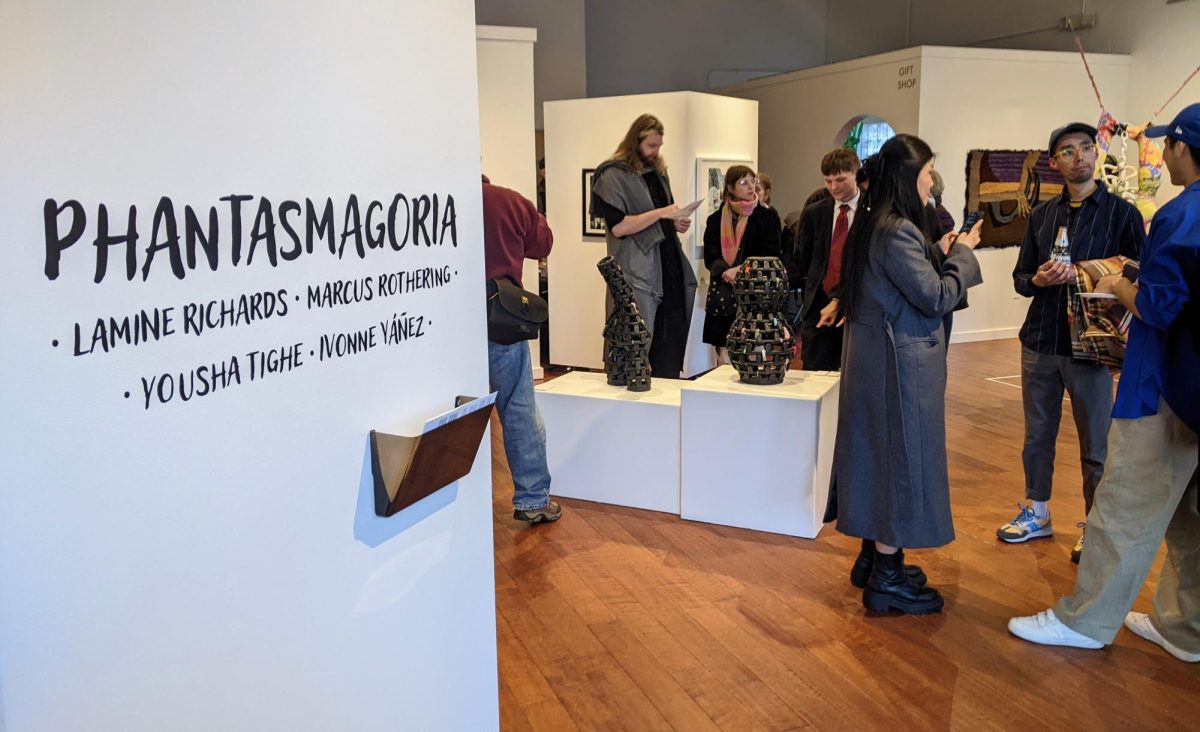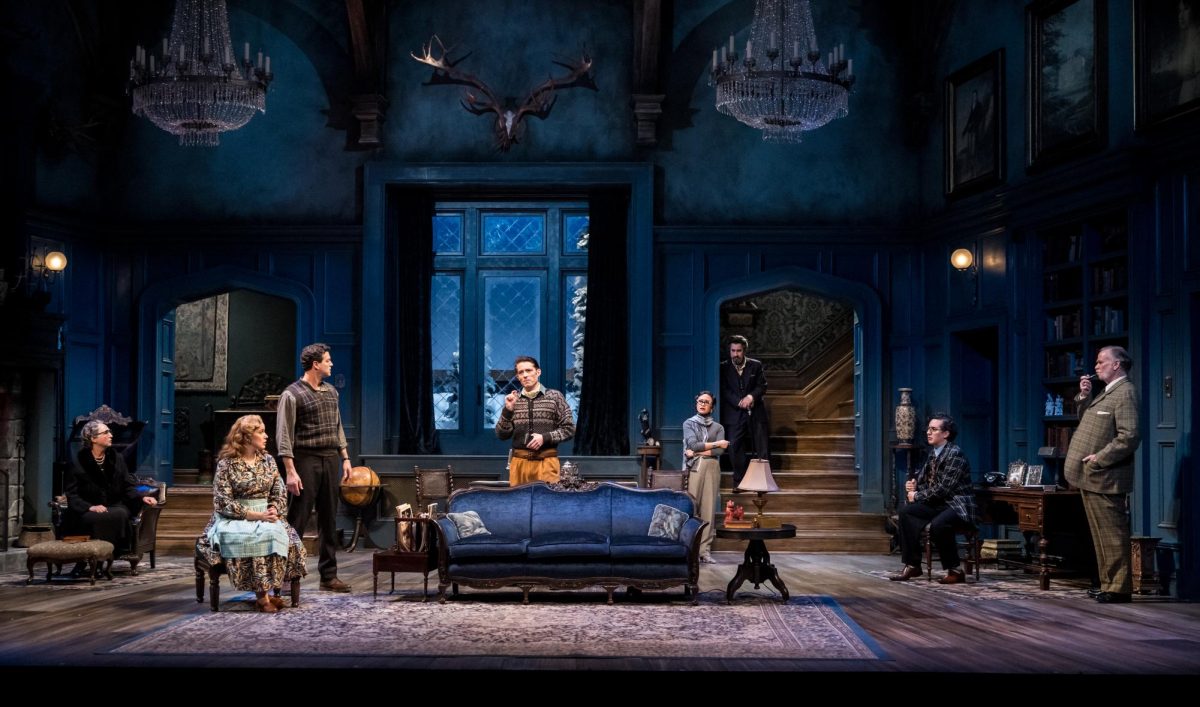Not many artists have the capacity to radically distort the human sensorium and leave viewers in a state of lingering stupefication. It usually takes a psychotropic cocktail and a few days at a festival in the desert to produce similar effects. And even then, the effects are fleeting at best.
Romancing Tragedy
WHEN: Now through April 29
WHERE: Rogue Buddha Gallery, 357 13th Ave. N.E., Minneapolis, (612) 331-3889
www.roguebuddha.com
John Largaespada, however, is one of those artists. “Romancing Tragedy” showcases the Minnesotan artist’s menagerie of digital collaged slices of high and low culture: from opera (“Madame Butterfly”) to the Greek myth (“Antigone”) to Henry Darger’s “The (Story of the) Vivian Girls” and Edward Hopper’s “New York Movie.” In fact, Largaespada’s work could pragmatically be described as a recreation of these very scenes and paintings, only in a style all his own.
At first, it’s difficult to tell what medium he works with. The pieces draw you in with their mythically costumed characters and melodramatic facial expressions. Each piece both crystallizes and transcends a truly contemporary sense of the urban, atmospheric surreal.
“Each space needs so much breathing room,” said Lonni Ranallo, the curator for “Romancing Tragedy.”
Largaespada, who started out as a collage artist, has a technical background in photography. A seasoned opera buff, his photographs draw on specific instances in the cosmos of high art – plucking out the nuances and psychic undertones of the figurative, the contemporary and the avant-garde. But the contortionist grins, oversized eyes, and wriggling bodies in the photographs hint at something gone awry. It’s Tim Burton dating Mother Goose on mescaline.
“I tend to wear my inspirations on my sleeve these days in that much of my work is derived from specific works or stories,” Largaespada said in an e-mail. His influences are mighty varied: from surrealism and Byzantine to contemporary film.
Largaespada is all about reproducing light and emotive tone. He’s also painstakingly meticulous – he photographs every object in the collaged pieces, down to the snow resting on a windowsill. According to Ranallo, he uses no stock photographs.
“He’ll photograph a dirt floor,” Ranallo said.
Largaespada has also been known to rent various costumes from the Guthrie and hire specific actors to pose in specifically codified roles. But it is his keen sense of observation that most often translates into an aesthetic carnival on print.
“I am always recording the trees, pictures, faces and architecture that I see going about my daily life,” Largaespada said.
And for native Minneapolitans, the sceneries in his work seem a tad familiar, if you’ve got a keen enough eye to catch it.
In the piece entitled “The Intrigue,” a crowd gathers atop a cracked city sidewalk, surrounding a man whose expression seems distracted and bothersome. All the peoples’ faces are caricature-esque, and on top of that, they are wearing glorious, grotesque masks (modeled after James Ensor’s painting at the MIA entitled “The Intrigue”). And the main geographical landmark in the background? The 2400 Hennepin Ave. building photographed in 2005 after a van crashed into the building, causing it to partially collapse. In the piece, the building has white tarp covering its gutted out corner.
In “The Duel,” Largaespada’s obsession with urban noir, opera and melodrama surfaces amidst a snowy, urban boardwalk. A tuxedo-clad man is sprawled out on the ground, a pool of blood forming underneath him. Another man – wearing a bat-like eye mask – kneels beside him, screaming into the night sky. To the right, a man in a black trench coat glances back, clutching a knife in his right hand. Old, antique street lamps shine like fireflies in the background as the nearby skyscrapers of a modern metropolis loom over the scene.
“An urban environment is entirely designed, so in a way, it is a projection of our mind. So a visually generated conflict is almost ensured in my work because the characters are going through their drama while the environment is trying to project a sense of order and harmony,” Largaespada explained.
So maybe that’s the essence of Largaespada’s art: a meditation on the human – as cinema usher, murderer or fantastical giggly nymph – and its tendency to sully up our transitory earthly playground. But unlike the muteness of nature or the abstraction of the gods, “Romancing Tragedy” has illuminated – for us messed-up mortals to see – a peculiar reassemblage.







